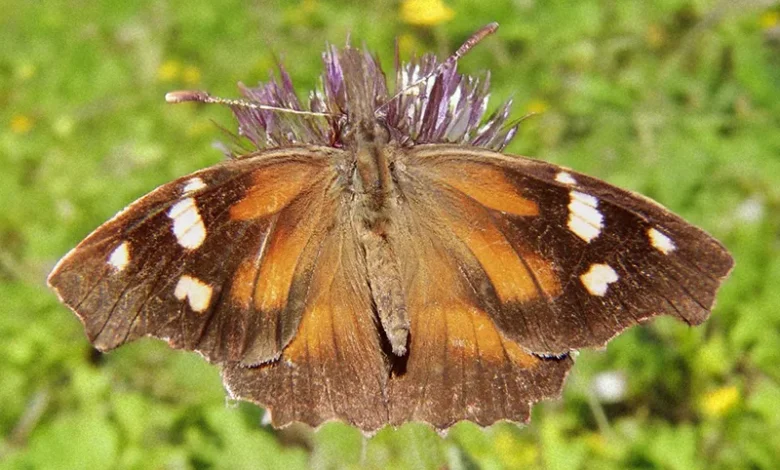Dominican Snout Butterfly

The Dominican Snout Butterfly, scientifically known as Libytheana terena, is a fascinating species with a distinct snout-like projection on its head. Found across various elevations, this butterfly thrives in Dominica’s rich ecosystems, which include lush rainforests, majestic mountains, and flowing rivers. It is especially active near national parks and areas abundant in wildflowers, feeding and breeding within these biodiverse habitats.
Habitat and Natural Features Supporting the Dominican Snout Butterfly
The Dominican Snout Butterfly inhabits a variety of natural features, including tropical rainforests, riverbanks, and valleys. Morne Daniel and national parks such as Morne Trois Pitons and Cabrits National Park provide a safe haven for these butterflies, offering the vegetation and conditions essential for their survival. The islands’ volcanic landscapes and biodiversity make it an ideal location for butterflies and other wildlife. Rivers like the Roseau River and Layou River play a role in sustaining nearby flora, which these butterflies rely on for nectar and reproduction.
Description of the Dominican Snout
The butterfly is characterised by a brownish-orange colour with white spots on its wings and the notable “snout” extending from its head. Its diet primarily consists of nectar from native plants such as lantana, passionflower, and wild poinsettias. During breeding, female butterflies lay eggs on host plants where caterpillars feed and grow, particularly on plants like Celtis species.
Breeding occurs in warm, humid conditions, often near abundant host plants. Eggs hatch into larvae, which feed on specific plants before metamorphosing into pupae. The adult butterfly emerges to repeat the cycle, often seen fluttering near streams and forest edges during the rainy season.
Wildlife Interactions and Predators
The Dominican Snout Butterfly interacts with various birds and insects in its ecosystem. While they are pollinators, they must evade predators such as lizards and birds that hunt smaller insects. Despite these challenges, the butterfly’s ability to blend with tree bark offers some protection.
Role in Tourism and Conservation
The Dominican Snout Butterfly contributes to nature-based tourism by attracting butterfly enthusiasts and eco-tourists. Areas with diverse wildlife and plants like the Morne Diablotin area are perfect for spotting these butterflies. Its presence also emphasizes the importance of preserving forests and biodiversity to maintain the ecological balance.




